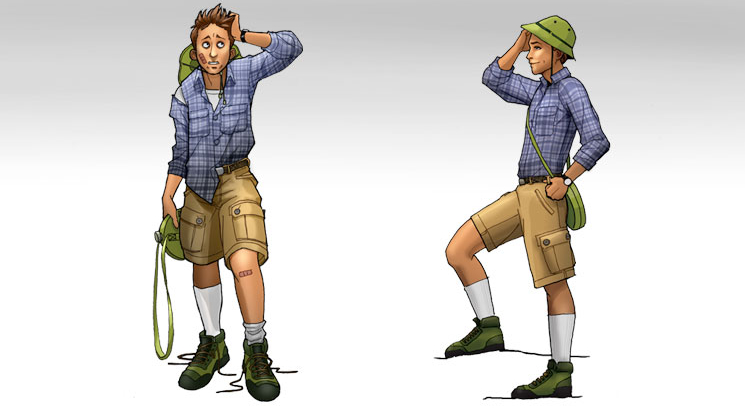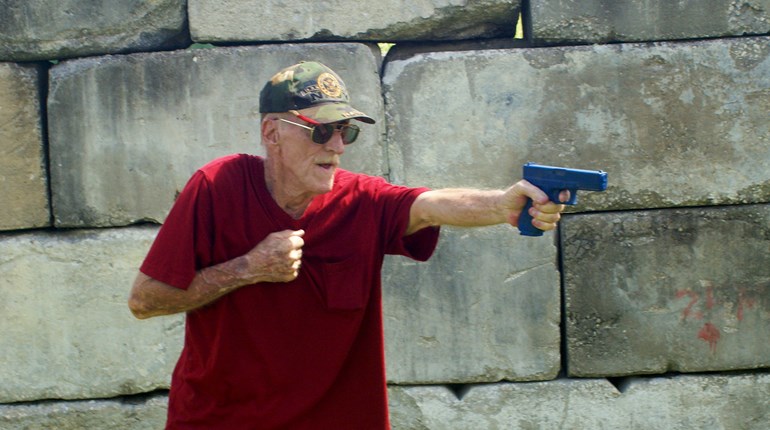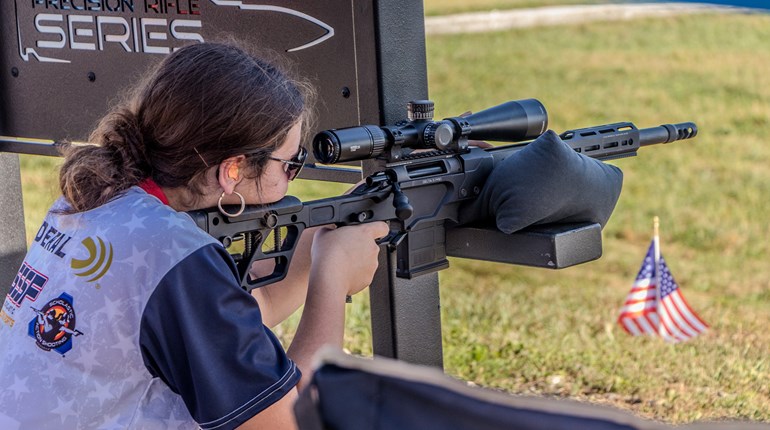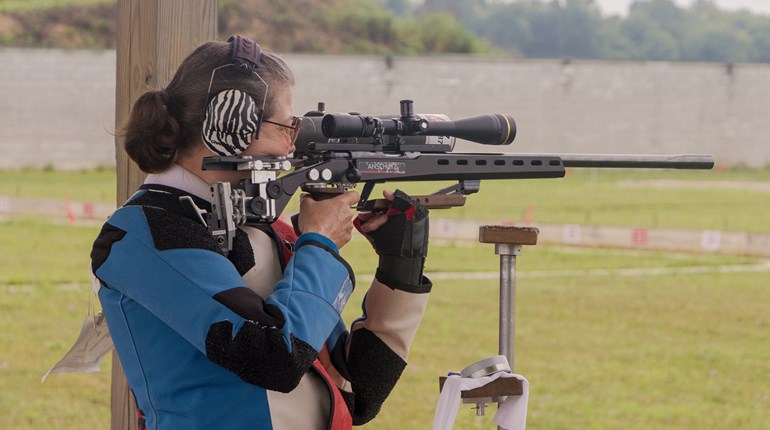
Hiking around in the woods carries risks. But then again, walking to school carries risks. So does riding in a car, eating dinner or playing with a puppy. Heck, just being alive carries risks. No matter what you do, something unexpected could happen at any time. This is just a fact.
But you can be prepared. Now that does not mean you need to carry an extra bottle of water, GPS unit and emergency flares with you for just a walk around the block. Instead, think about the attitude you would need to have if and when something bad does happen. In every situation, attitude counts for more than you might think. Staying calm is easier said than done, but it’s necessary for survival. People do all sorts of dumb things when they panic. A positive mindset is also essential—you have to know you will be okay, realistically, no matter what happens. You can have the fanciest Swiss Army knife in the world and know everything about wilderness survival, but if you don’t stay calm and believe that you will be fine… well, you may not be.
Say you are in the woods with friends. It is summer. They walk ahead of you a few paces and disappear down a path. You try to catch up, but the trail splits and you take the wrong one. After what seems like an hour later (but was probably just a few minutes), you realize you are lost. Oh, and the sun is going down and the temperature is dropping. Not good.
What do you do? First, don’t panic. Second, stay where you are. Third, find a shelter. This, of course, will depend on what (if anything) you have with you to build one. It also depends on where you are. If you find yourself alone in, say, the Appalachian Mountains, maybe you can find a rock overhang to sleep under. If you are in coastal Florida—well, there are very few rocks there.
Whatever the case, there is a good chance you can build a trench shelter. To do this, dig out a shallow trench, large enough to lie down comfortably, but not much bigger or deeper. Keep in mind that because it gets cooler at night, you need to do whatever you can to retain body heat. Having dirt or snow piled up near your body will help insulate you naturally.
Next, pile leaves in the bottom of the trench, so that you have some padding to sleep on. This also helps retain body heat, since moisture in the ground cools off at night. Then, take sticks and branches to form a kind of roof—which is not much of a roof at all, of course, since it will ideally be right above your body when you sleep. If you have a garbage bag or tarp, go ahead and put that on top of the branches. Next, place bark, leaves, pine needles or whatever you can find that will “seal” the shelter’s roof. Remember, this is all about retaining body heat and staying dry.
This is only one of many shelters you can make. It is definitely not as comfortable as your bed at home, but in an emergency situation, it can make the difference between having a sort-of-bad night and a very, very bad night.
So you have your bed. What about a fire? Fires are great in some cases—they can keep away bugs and animals, not to mention keeping you warm. They can also burn you or get out of control. Be very careful.
Find a good place to make a fire. Choose a spot that is not too windy (like the top of a hill), preferably next to a large rock or boulder. This will help keep the wind down, and the heat reflecting off the boulder will keep you warmer for longer. If you cannot find a spot like that, dig a small hole or place rocks in a circle—either of these will help keep the fire from blowing out, and will retain heat longer.
Another big part of preparing the fire is clearing off an area to build it. Clear off a 10- or 12-foot-wide circle.
You’ll need to collect wood, but don’t just go for big logs. You need to start small. Find pine needles or leaves—dry stuff that will burn very easily. If you have paper or newspaper, great. Next you’ll need dry kindling, another name for very small pieces of wood (such as tiny branches) that will catch fire very easily. Then, you’ll want larger branches and so on, going up in size to logs.
Do not pile these all together at first, though. Fires need fuel, and, despite what you might think from blowing out birthday candles, air is very good fuel. If you pile everything up at once, not enough air will get between the pieces of wood.
Place the pine needles or paper in a small pile with enough air flow so that the fire can spread. Assuming you have something to light the fire with, go ahead and start it—slowly. Gradually add larger pieces, placing them on the fire in a teepee pattern or a loose pile. If the fire dies down a little, try blowing on it from below.
You’ll need to put the fire out before you go to sleep. When doing this, make sure to stomp out all the coals and spread out the remaining bits of firewood on the ground (in the area you cleared, that is—you don’t want burning wood on top of anything dry). Remember, even charcoal can be reignited without much effort… many forest fires have been started this way.
These are just a couple tips to keep in mind if you’re unfortunate enough to get stranded in the woods for a night. There are literally hundreds of books written about shelter construction and fire building, and this article here barely scratches the surface. Just remember the most important tool you have in this situation is your mind. Stay calm, stay rational, believe that you can get through this and be okay…and you will be.







































